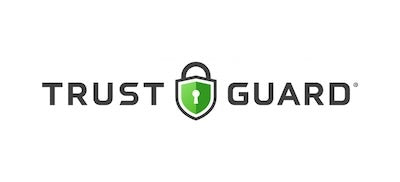Unified Communications: Keep It Simple
- Atlas Phones Blog
- 27 Jun, 2019
Unified Communications (UC) cloud technology has been proven to boost productivity and reduce the time employees, customers and partners need to spend on accomplishing tasks. The allure of unified communications technology is in its simplicity. It’s features make collaboration much easier, and faster than ever before.
UC’s complex deployment process, however, is not quite as simple. This process has multiple components and requires the support of numerous disjointed communications systems and IT networks.
Here is how to keep UC Simple:
Knowing the Problem
There are a number of factors involved when implementing and operating UC. Most IT leaders will focus on which tools, features, and technical requirements they need. While this approach is correct, it is only half the equation.
Simplified UC requires more than just features. It requires easy and rapid implementation, as well as the ability to update when rapid changes occur. It also requires the ability to be managed in real time.
The biggest obstacle to keeping UC simple is the disconnection between systems and people. UC solutions consist of multiple parts that require integration, testing as well as close collaboration with all parties involved (vendors, VARs, MSPs, consultants and providers).
The Problem with Visibility
The largest problem of all for UC is complexity for IT. CIOs often have a range of devices that need to be supported, over multiple networks. With a combination of providers, networks, and devices, IT can’t effectively manage and troubleshoot communications systems into a single cooperative that allows for IT transparency. Often times the UC technology upgrade doesn’t solve the issue with visibility for IT, but adds another complex layer to the problem.
Simplifying UC
Executives who leverage cloud communications technologies to digitally transform and disrupt their industries often take ownership of three technology ecosystems:
- Corporate communications systems
- Contact center communications
- IT networks that support all communications applications
A well designed communications strategy utilizes all three ecosystems. This provides both real time analytics and service control tools. Executives who master the UC environment can easily control the end to end IT architecture that supports communications, both internal and external.
Delivering Simple UC:
Let’s take a look art the best practices in strategy, design and technical capacity.
Technical Capabilities: Bandwidth utilization tools, application prioritization tools and dynamic traffic routing abilities help put resources where they are needed the most. Programming tools that proactively schedule bandwidth boots during peak seasons or before global conferences are also helpful.
Design and Implementation Approaches: Solution flexibility is what helps CIOs avoid common UC implementation complexities. Here are some approaches that encourage simplicity:
- Hybrid Cloud Methods: Most companies can’t abandon their legacy communications systems, and use a rip-and-replace approach. Instead, they can combine their existing systems with UC cloud services to better balance cost and risk. Hybrid techniques allow companies to slowly migrate to the cloud one application and location at a time, reducing risk.
- An All-Inclusive Approach: Many CIOs prefer a fully managed UC service, that doesn't leave security as an after thought. UC operators and managers need assistance with network performance monitoring and security surveillance. A provider with across the board services and a single person to go to when problems surface, makes not only the solution simpler but the customer experience more superior.
- Doing More with Fewer Partners: Having more vendors and providers equals added complexity that can often be avoided. Interoperability issues are reduced or eliminated with UC solutions that integrate services, granting the ability to do more with fewer partners. A small, experienced team with wide reaching capabilities can cover more ground in an integrated solution.
A Simple Solution: A large part of simplifying UC is finding a solution that can meet the needs of customers, users, and executives alike. Satisfying everyone is simpler when your UC approach is both comprehensive and flexible. When change is constant, keep UC simple!















